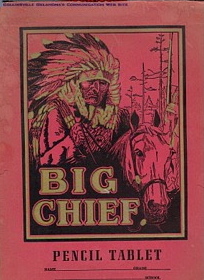poetman
A-List Customer
- Messages
- 357
- Location
- Vintage State of Mind
I'd like to know what kind of stationery was popular in the 40's. What did students and writers use: legal pads, blank? What brands were most common, and what notebooks were most often used? I'd appreciate any feedback.
Thanks!
Thanks!



